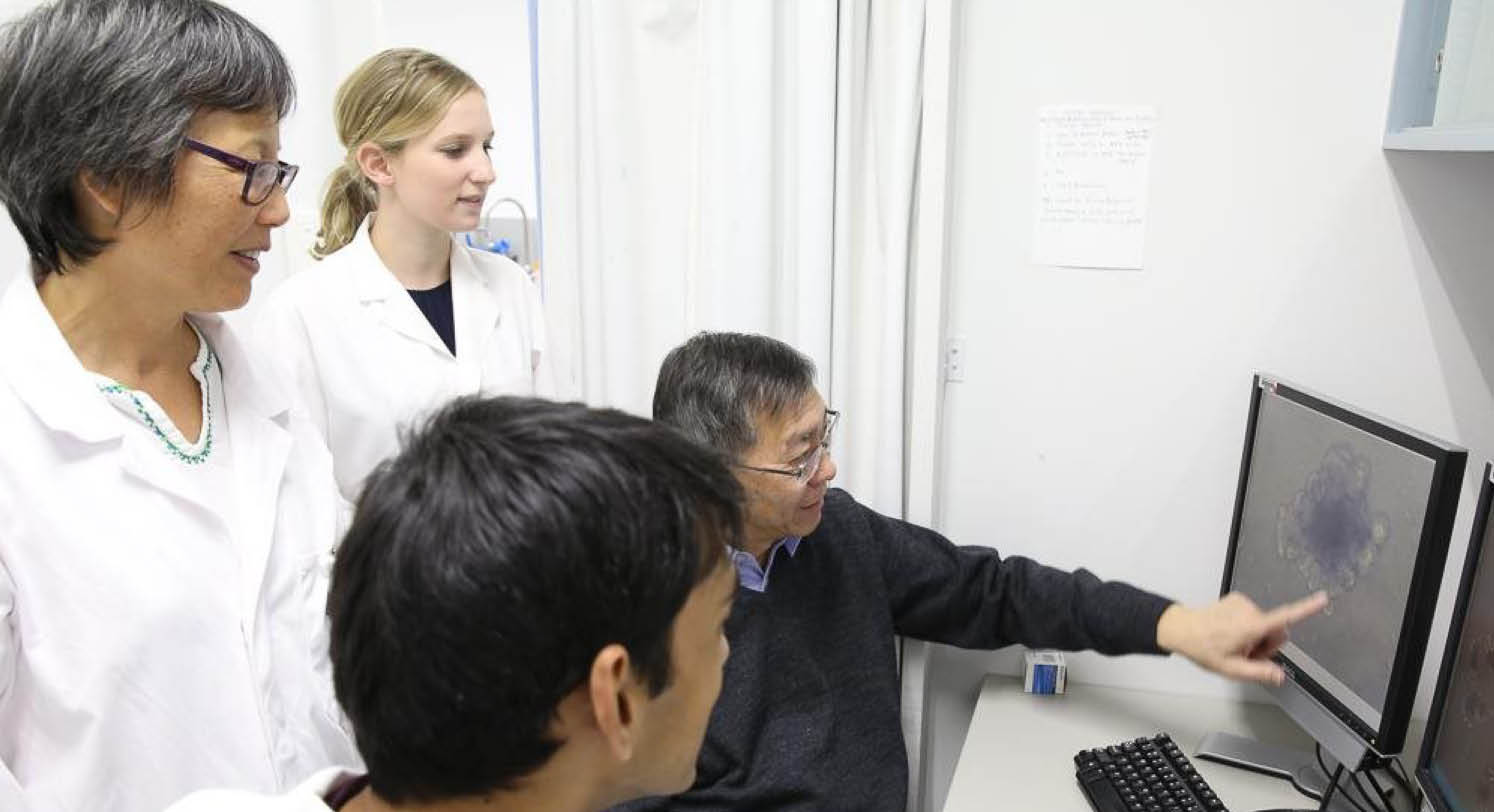How does a group of similar cells accurately become the 37 trillion cells in different organs and tissues of the body?
Research published in Nature by scientists at Children’s Medical Research Institute in Sydney, the SIBCB** and CAS-MPG PICB* of the Chinese Academy of Science in Shanghai has revealed a ‘developmental map’ with instructions on how cells are guided to become specific cell types throughout the body.
“Our most recent work provides detailed information on all the genes and signals activated in particular regions of the embryo at particular times,” said Professor Patrick Tam, one of the lead investigators of the team.
“This research has created a precise ‘blueprint of embryo development’ that will enable other researchers around the world to study the gene networks in genetic diseases, leading to advances in precision medicine.”
“What we have learned from studying the genome during development is that each gene—each piece of music—does not act in isolation. It is more a symphony. Many genes work together to create an orchestra of signals to coordinate the growth and development of an embryo. We have now gone beyond studying individual genes to studying the entire gene network and how errors in the network can lead to disease.”
Along with providing a map for studying embryo development, the research is important for future clinical applications such as precisely instructing a stem cell to develop into the cell types we want.
“This knowledge also helps make stem cell therapy possible. A stem cell can become any type of cell. But, like a kindergartner let loose on the playground, you have no idea where she will end up. By understanding the signalling networks, we can direct stem cells into useful paths, to become liver cells or retinal cells. We can generate desired cell types from stem cells for regenerative therapy, to restore missing or malfunctioning cells. In research, clusters of cells, called organoids, can be created using stem cells, enabling us to study disease mechanisms. For example, brain organoids can be used to test drug treatments for neurological disorders, or eye organoids can be used to test treatments for blinding eye diseases.”
*The CAS-Max Planck Partner Institute for Computational Biology, Centre for Excellence in Molecular Cell Science, Shanghai Institute of Biological Sciences of the Chinese Academy of Sciences (CAS)
** Shanghai Institute of Biochemistry and Cell Biology


